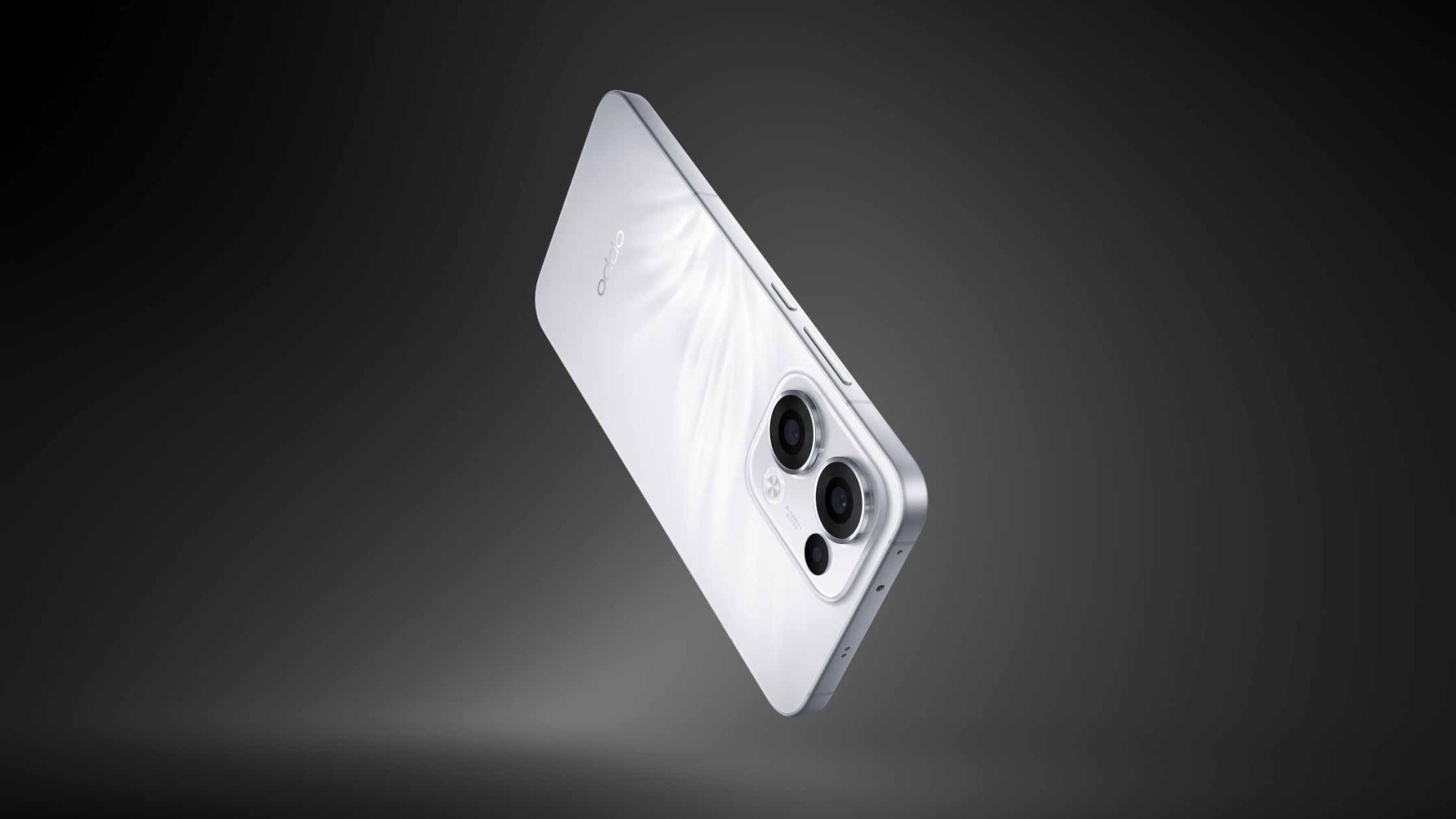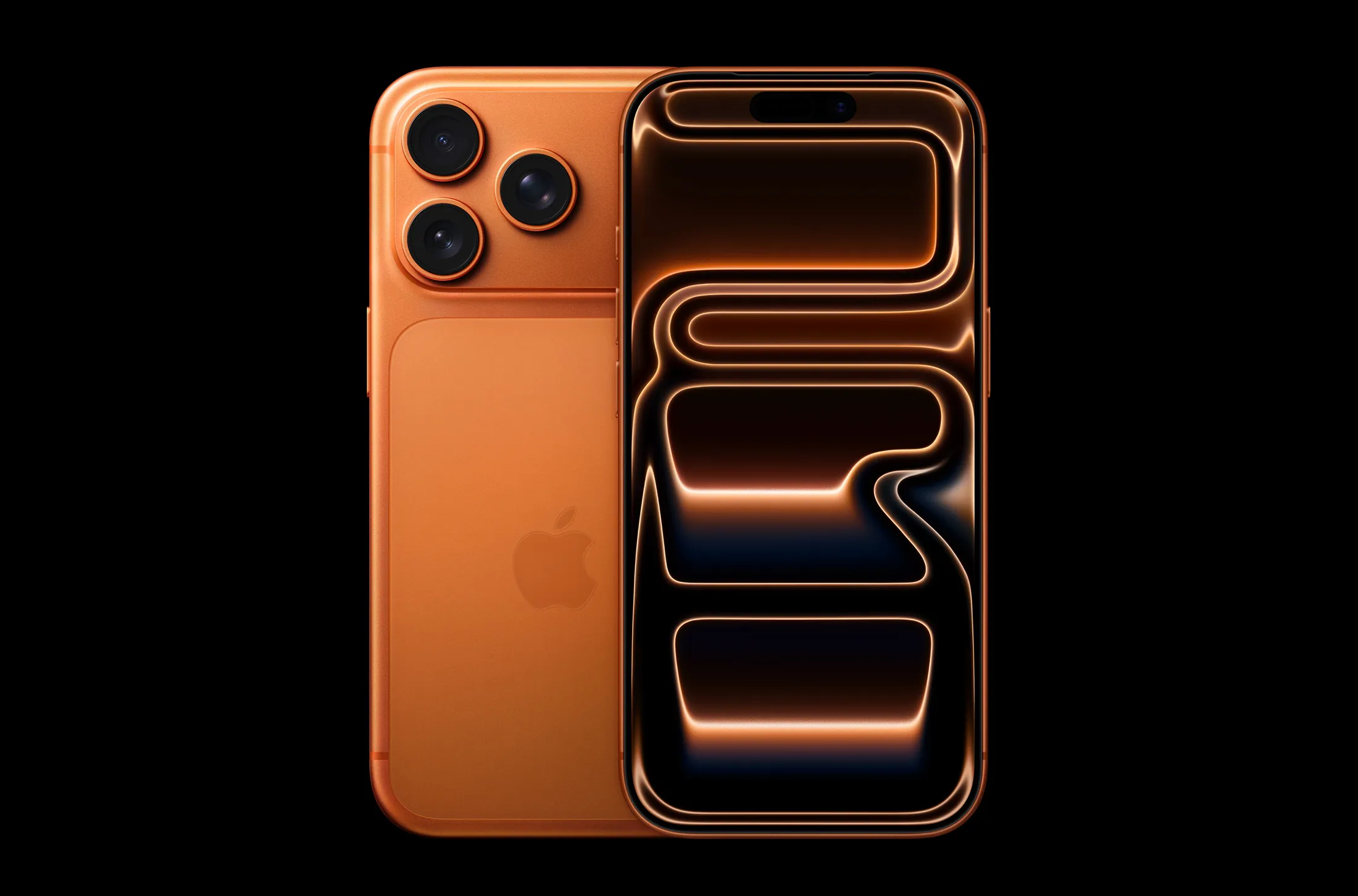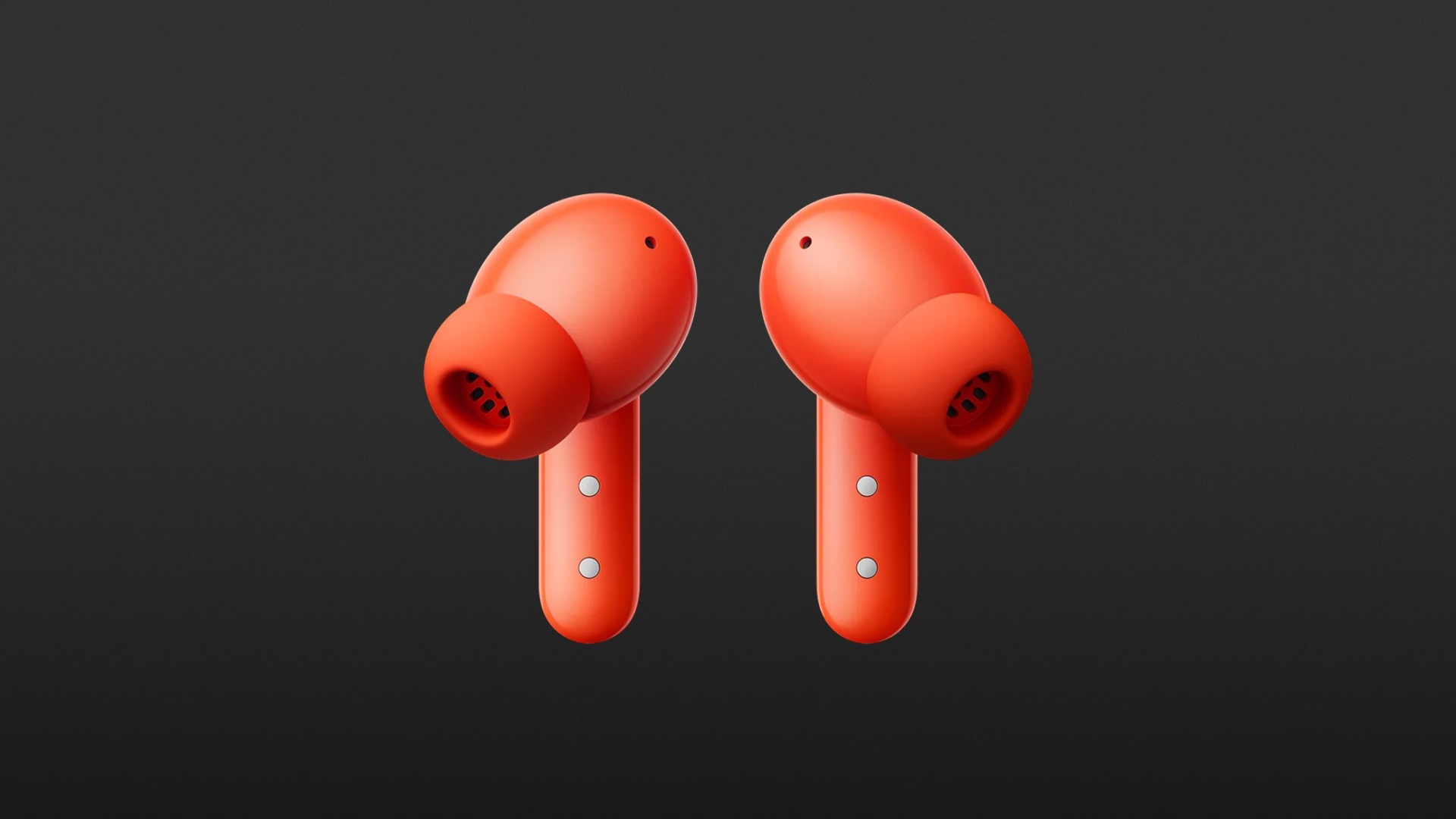The influence of Chinese phone brands on the global smartphone market has never been stronger.
With cutting-edge technology, competitive pricing, and bold design choices, brands from China are not just catching up.
Here’s a look at the top 10 players leading the charge in 2025.
1. Huawei
Despite facing significant challenges in the global market, Huawei remains a giant. Its P series and Mate series continue to push the envelope in camera innovation and AI integration.
With new breakthroughs in 5G technology (Wikipedia), Huawei’s flagship devices still stand toe-to-toe with premium offerings from Samsung and Apple.
2. Xiaomi
Xiaomi’s strategy of offering high-end specifications at mid-range prices continues to pay off.
The brand’s focus on ecosystems through smart home devices and wearables cements its place among tech-savvy consumers.
Their latest models rival the best Samsung QLED TVs in terms of display innovation, thanks to partnerships with screen technology leaders.
3. Oppo
Oppo has evolved from a challenger brand to a technological innovator.
Its focus on camera systems, particularly under-display selfie cameras, keeps it ahead in the premium Android space. Oppo’s R&D investments are paying dividends, ensuring it remains a serious player.
4. Vivo
Vivo thrives by pushing innovation in both hardware and software.
With devices like the Vivo X100 Pro, featuring superior camera stabilization and next-gen AMOLED displays, the brand solidifies its reputation for blending style with performance.
5. OnePlus
Initially known for “flagship killers,” OnePlus now competes directly with the flagships themselves.
The OnePlus 13 Pro exemplifies its matured strategy offering premium builds, OxygenOS software enhancements, and industry-leading fast charging capabilities.
6. Realme
Realme targets young consumers who want power and style without a hefty price tag. It has rapidly expanded its global presence and focuses heavily on design, gaming performance, and affordability.
7. Honor
After separating from Huawei, Honor has aggressively pursued independence, delivering competitive mid-range and flagship smartphones.
Its Magic series, in particular, rivals leading brands with innovative features like AI photography and secure biometrics.
8. ZTE
Often operating under the radar, ZTE has found success in both the consumer and enterprise markets. Its Axon series offers serious competition to premium brands, especially in the 5G-enabled phone segment.
9. Nubia
As ZTE’s sub-brand, Nubia excels in gaming phones with its RedMagic line.
These devices appeal to hardcore gamers, with integrated cooling fans and ultra-high refresh rate screens that redefine mobile gaming experiences.
10. Meizu
Though not as prominent as it once was, Meizu continues to deliver well-crafted devices for niche audiences. Its focus on minimalist design and clean software keeps a loyal, albeit smaller, fanbase engaged.
Comparison Table of Leading Chinese Phone Brands
| Brand | Strengths | Market Position | Notable Series |
|---|---|---|---|
| Huawei | 5G leadership, camera innovation | Premium segment | P Series, Mate Series |
| Xiaomi | Value for money, ecosystem products | Mid-to-premium range | Mi Series, Redmi Series |
| Oppo | Camera tech, premium design | Premium segment | Find X Series, Reno Series |
| Vivo | Display tech, camera stabilization | Premium segment | X Series, V Series |
| OnePlus | Premium experience, fast charging | Premium flagship | OnePlus Series |
| Realme | Affordable innovation | Budget to mid-range | Realme GT Series |
| Honor | Independent innovation post-Huawei | Mid-to-premium range | Magic Series |
| ZTE | 5G devices, enterprise solutions | Mid-range and enterprise | Axon Series |
| Nubia | Gaming performance | Gaming phone segment | RedMagic Series |
| Meizu | Minimalist design, clean software | Niche market | Meizu 20 Series |
Why Chinese Phone Brands Continue to Rise
Several factors contribute to the unstoppable rise of Chinese smartphone manufacturers.
First, their ability to innovate quickly and bring premium features to more affordable price points cannot be ignored.
Additionally, advancements in areas such as mobile operating systems (Wikipedia) allow them to tailor user experiences to local and international markets.
Moreover, the global shift toward online retail and direct-to-consumer strategies has favored Chinese brands, allowing them to compete directly with legacy players across regions like Africa, Europe, and Southeast Asia.
Final Thoughts
Chinese phone brands are no longer just affordable alternatives to Western or Korean models.
They have become trendsetters, design leaders, and technological innovators.
Whether it is Huawei’s prowess in 5G, Xiaomi’s ecosystem dominance, or OnePlus’s premium evolution, these brands have cemented their place in the global tech narrative.
As the world continues to grapple with shifting tech policies like the China tariffs, one thing remains clear: Chinese brands are not slowing down anytime soon.
Instead, they are writing the future of mobile innovation on their own terms.




